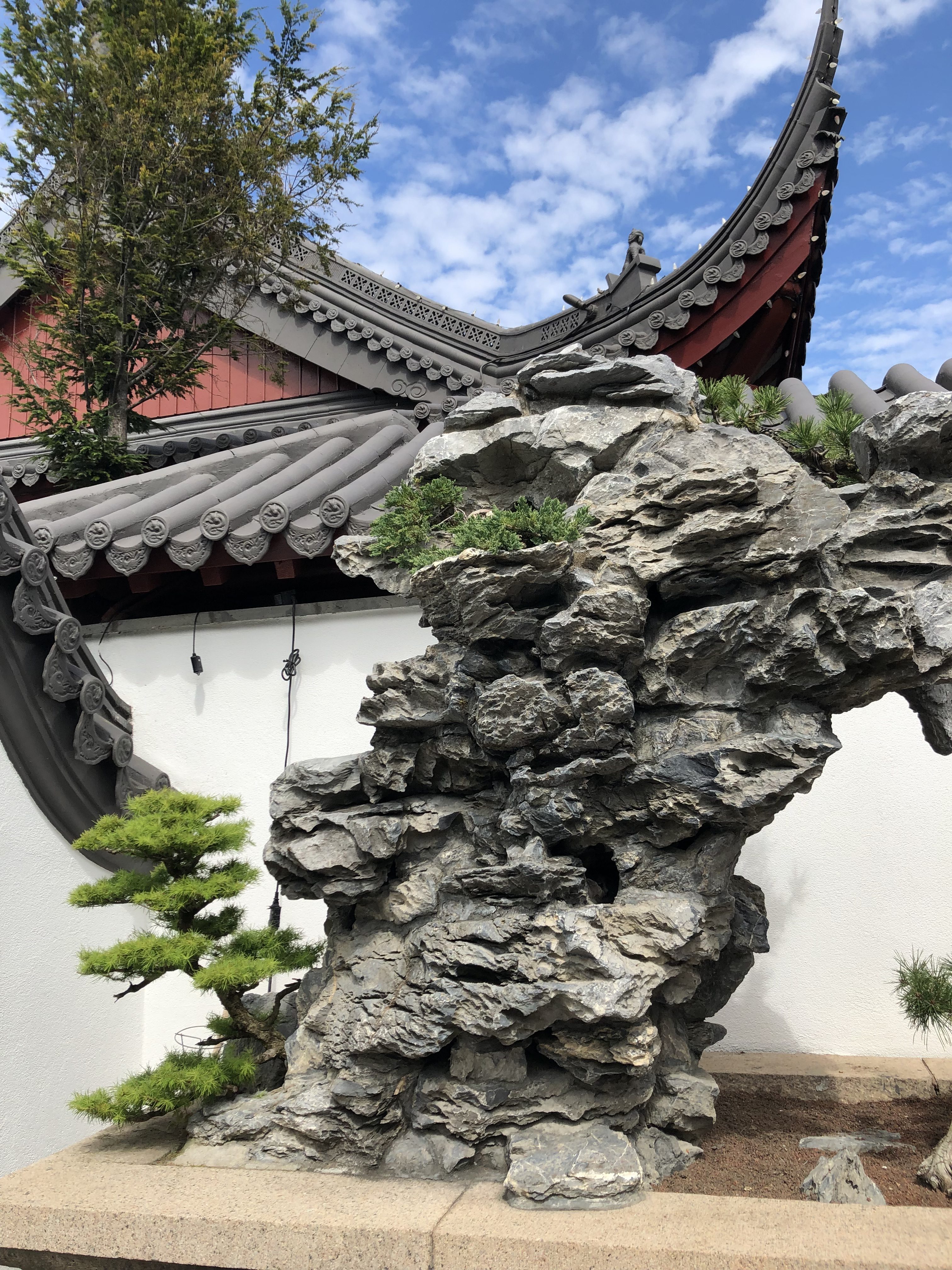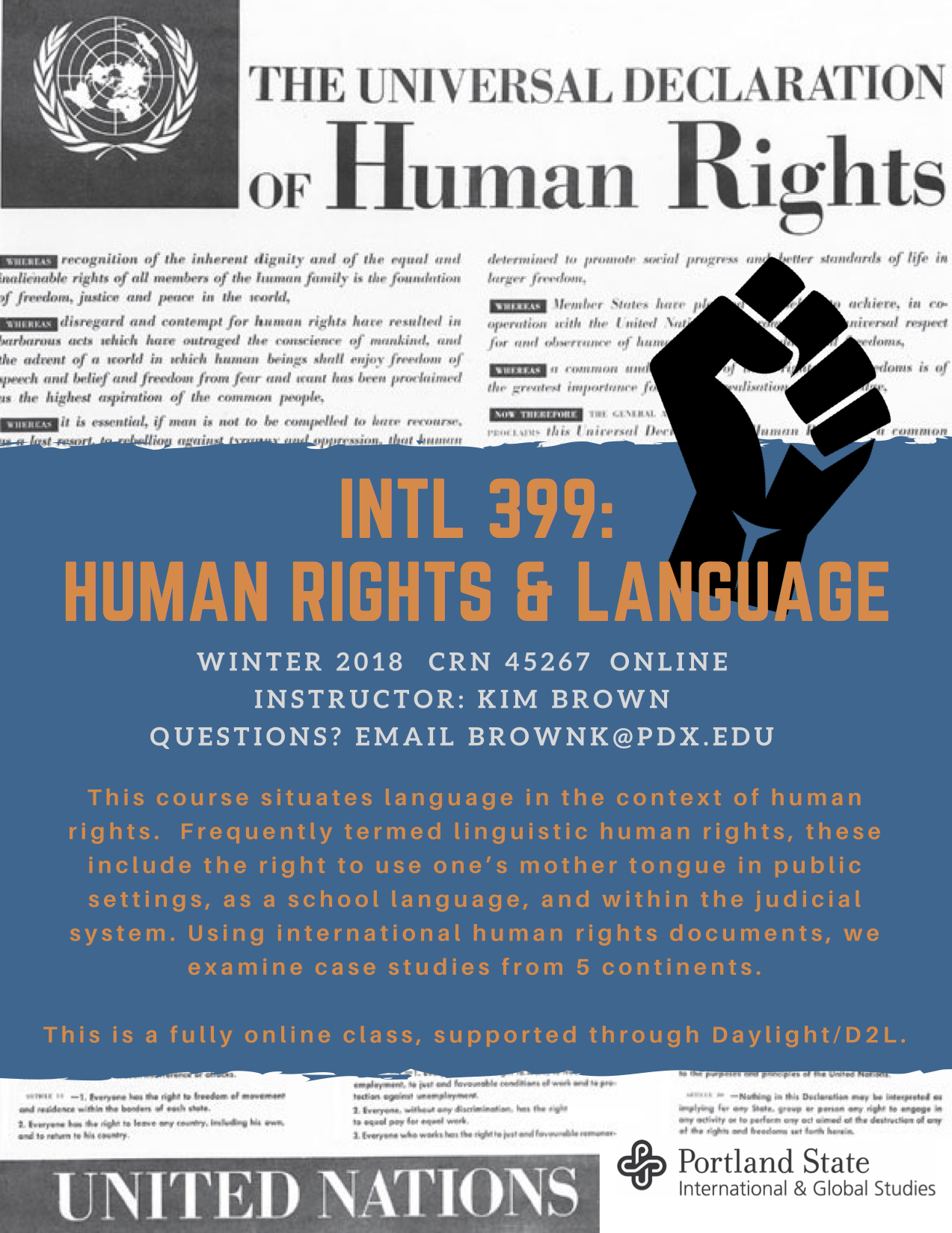Chinese language learning tips and resources
I’ve written before about resources for Mandarin study, but I’ve found some new websites and tricks that I wanted to share. Here are some ideas, which will mainly be of use to intermediate (and perhaps some advanced) Chinese learners. As always, I have no financial ties or personal connections to any resources that I suggest:
Tips for using Pleco. If you aren’t using Pleco, as a Chinese language learner you probably should be. There is a plethora of free resources available to learn Mandarin. But Pleco is the one app that almost everyone studying Chinese uses. It’s a Chinese language dictionary. But it also serves to teach you stroke order, much like Skritter (which I also have and love). It also has flash cards, so that it’s also an alternative to Anki app. After I have a Chinese class on iTalki my tutor sends me a copy of the white board. I then enter all the new words into my “useful words” file in Pleco. That way I can study the words that I’ve used in my discussion, which is a more organic way to study vocabulary than relying on the HSK word lists (although we all do that too, right?). One feature that I particularly like in Pleco is that you can set the Chinese dictionary page to brush, and trace out a character that you see, in order to look up its definition. All these tools are pretty well known. But even many advanced learners may not realize that in Pleco’s settings you can change the font color by tone. I have set my colors to the ones that I saw on Zhongwen- red is first tone, orange is second, green is third, and blue is fourth. But you can set the color to anything that’s memorable for you. It’s much easier to quickly note a color, as opposed to reading a diacritic or a number. This step just makes it a little bit easier to recognize and remember tones when using Pleco.
Two great podcasts: I’m not yet at a stage where I can easily listen to Chinese language podcasts. I’m hoping to reach that level in a year or two. But there are two podcasts that I highly recommend, both of which are in English. “One Chinese Word a Day with Teacher Lin” by Everyday Chinese is just what the title promises. Every day Teacher Lin will introduce one word, as well as two or three other words that are built with it. Most episodes are two to four minutes in length. It’s a good way to build vocabulary without a large time commitment. Mandarin Slang Guide with Joshua Ogden-Davis provides more in depth information. One of the challenges that all modern language learners face is the difference between the language that we encounter in our textbooks, and what we hear in person. For me, I especially struggle when Chinese speakers start to use number or internet slang. Ogden-Davis typically brings different guests onto his program, to discuss slang related to everything from sex to the most recent topic in the news. Of course, language learning is sometimes as much about cultural study as grammar and vocabulary. Ogden-Davis and his guests always seem to do a great job contextualizing slang words. Just be warned, with some episodes you may not want to play them in the car if you have young children in the back.
Three books: For an intermediate level Mandarin learner I’d recommend Jianhsin Wu’s book, the Way of Chinese Characters. I have a friend (an advanced Chinese language learner) who swears by the publisher Cheng & Tsui’s works, and this book makes me want to explore their catalog more. The book provides historical information on 670 Chinese characters. It sounds really dull, right? But it’s not. Every character is accompanied by a sketch related to the word, which helps to make it memorable. The character is also provided in earlier scripts, so that you can see how it has evolved through time. And there is a brief discussion of the text and it’s history. Many characters have unexpected or striking origins, which may help you to memorize them. The book also typically lists four words that are built using the original word. So by the end of the book, you’ll have been exposed to around 2,600 words. Of course, you’re unlikely to remember most of them. But some will stick. I like that this book does not use the HSK lists, because it’s also good to explore vocabulary outside this one canon. But if you are a beginner, another work may be a better choice.
I also like ShaoLan Hsueh and Noma Bar’s book Chineasy: The New Way to Read Chinese, which is a more accessible work for beginners. Bar’s illustrations are simple and spare, but also help you to remember words’ meanings. Much like Wu’s book, the word selection is unrelated to the HSK or standard word frequency lists, which can sometimes be a strength.
Lastly, years ago my Chinese teacher (thanks Qing Qing!) suggested that I order a Chinese picture dictionary as a means to learn vocabulary. There are many to choose from, and they are often quite inexpensive. I’ve found that to be an enjoyable alternative to more standard works on Chinese characters. Most public libraries probably have one Chinese picture dictionary too.
ChinesePop: If you want to find a great resource to study Chinese characters, but don’t want to pay, this is the site for you. Of course, there is a special level for people who choose to provide financial support, but the free level is also outstanding. The website CharacterPop allows you to view characters, which are animated so that you can see them written stroke by stroke. The characters are broken down with their individual meanings, so that you can better understand the word’s connotations. One of my favorite features is that people provide their own sentences to help you to remember the character. It’s always good to have more than one way to study characters, so this may be a good option for you.
Remember, language skills are highly variable day to day, so don’t worry if you have a class or a conversation during which your ability seems to crater. It will come back. There are no shortcuts. It’s all about the time. Whatever you do, just don’t give up.




